128 results in Exploration of Neuroprotective Therapy
Most Viewed
Sort by :
- Latest
- Most Viewed
- Most Downloaded
- Most Cited
Open Access
Review
Balancing cholesterol in the brain: from synthesis to disposal
Lydia Qian ... Andrew J. Brown
Published: January 05, 2022 Explor Neuroprot Ther. 2022;2:1–27
This article belongs to the special issue Cholesterol Dyshomeostasis in Neurological Diseases
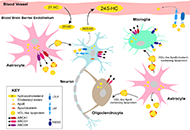
Open Access
Review
Resolving a paradox: antidepressants, neuroinflammation, and neurodegeneration
Ravi Philip Rajkumar
Published: February 23, 2024 Explor Neuroprot Ther. 2024;4:11–37
This article belongs to the special issue Neuro-Inflammation as a Target in the Design of Multifunctional Drug Candidates for Neurodegenerative Diseases
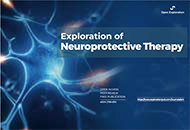
Open Access
Review
Biomarkers in small fiber neuropathy
Amanda C. Y. Chan ... Joy Vijayan
Published: December 30, 2022 Explor Neuroprot Ther. 2022;2:264–283
This article belongs to the special issue The Future of Biomarkers in CNS Diseases

Open Access
Review
Pathophysiology of non-motor signs in Parkinson’s disease: some recent updating with brief presentation
Khaled Radad ... Wolf-Dieter Rausch
Published: February 27, 2023 Explor Neuroprot Ther. 2023;3:24–46
This article belongs to the special issue Parkinson's Disease: Principal Targets and Interventional Mechanisms
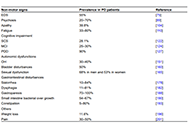
Open Access
Case Report
Hyperbaric oxygen therapy—a new hope for Alzheimer’s patients: a case report and literature review
Elizabeta B. Mukaetova-Ladinska ... Qadeer Arshad
Published: December 22, 2023 Explor Neuroprot Ther. 2023;3:457–469
This article belongs to the special issue Defending the Brain and the Mind: Exploring Neuroprotective Therapies for Mental Health Disorders
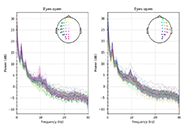
Open Access
Review
Biomarkers in neurodegenerative diseases: a broad overview
Sathish Selvam, Velpandi Ayyavoo
Published: April 16, 2024 Explor Neuroprot Ther. 2024;4:119–147
This article belongs to the special issue The Future of Biomarkers in CNS Diseases
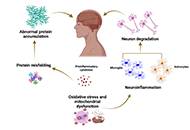
Open Access
Review
The potential positive effects of coenzyme Q10 on the regeneration of peripheral nerve injury
Ahmed Mead ... Süleyman Kaplan
Published: June 21, 2024 Explor Neuroprot Ther. 2024;4:288–299
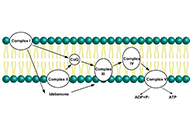
Open Access
Review
Neuroprotective agents in acute ischemic stroke
Grace YY Chia ... Benjamin YQ Tan
Published: February 28, 2023 Explor Neuroprot Ther. 2023;3:47–70
This article belongs to the special issue The Future of Biomarkers in CNS Diseases
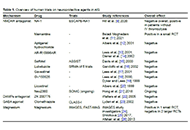
Open Access
Review
Omega-3 fatty acids and fetal brain development: implications for maternal nutrition, mechanisms of cognitive function, and pediatric depression
Raghd M Ghazal, Moawiah M Naffaa
Published: May 28, 2025 Explor Neuroprot Ther. 2025;5:1004107
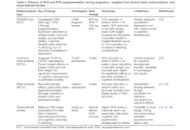
Open Access
Systematic Review
Various facets of excitotoxicity
Talita Glaser ... Henning Ulrich
Published: February 23, 2022 Explor Neuroprot Ther. 2022;2:36–64
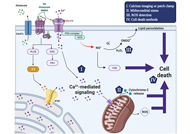
Open Access
Review
Striking a balance: PIP2 and PIP3 signaling in neuronal health and disease
Kamran Tariq, Bryan W. Luikart
Published: October 29, 2021 Explor Neuroprot Ther. 2021;1:86–110
This article belongs to the special issue Cholesterol Dyshomeostasis in Neurological Diseases
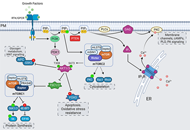
Open Access
Review
Advances in neuroprotective therapy for acute ischemic stroke
Yang Yang ... Yi Li
Published: February 27, 2024 Explor Neuroprot Ther. 2024;4:55–71
This article belongs to the special issue Therapeutic Targets for Neuroprotection in Ischemic Stroke
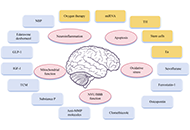
Open Access
Review
An overview of the role of monoamine oxidase-B in Parkinson’s disease: implications for neurodegeneration and therapy
Praveen Kumar Chandra Sekar ... Ramakrishnan Veerabathiran
Published: July 14, 2024 Explor Neuroprot Ther. 2024;4:308–318
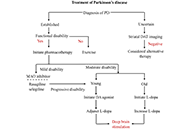
Open Access
Review
Exploration of transcutaneous vagus nerve stimulation as a treatment option for adjuvant cancer and heart failure therapy
Niklas Frank ... Carola Y. Förster
Published: October 31, 2023 Explor Neuroprot Ther. 2023;3:363–397
This article belongs to the special issue Intervention of Neuroimmune Responses
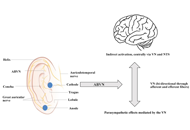
Open Access
Review
Targeting α-synuclein aggregation with immunotherapy: a promising therapeutic approach for Parkinson’s disease
Gabriela Henriquez, Mahesh Narayan
Published: August 25, 2023 Explor Neuroprot Ther. 2023;3:207–234
This article belongs to the special issue Parkinsons Disease: Principal Targets and Interventional Mechanisms
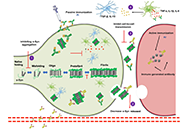
Open Access
Perspective
Can meditation-based approaches improve the cleansing power of the glymphatic system?
Peter Wostyn, Piet Goddaer
Published: June 20, 2022 Explor Neuroprot Ther. 2022;2:110–117
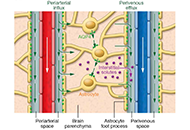
Open Access
Systematic Review
Effect of gardening physical activity on neuroplasticity and cognitive function
Antonio G. Lentoor
Published: June 05, 2024 Explor Neuroprot Ther. 2024;4:251–272
This article belongs to the special issue Empower Yourself - Physical Activity as Prevention and Rehabilitation of Neurological and Psychiatric Diseases

Open Access
Mini Review
Impaired glymphatic clearance is an important cause of Alzheimer’s disease
Iyawnna Hazzard ... Forshing Lui
Published: October 24, 2024 Explor Neuroprot Ther. 2024;4:401–410
This article belongs to the special issue The Urgent Need for New Hypotheses to Develop Effective Therapeutic Tools Against Alzheimer's Disease
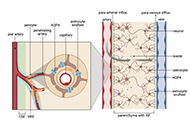
Open Access
Original Article
Effects of acoustic neurostimulation in healthy adults on symptoms of depression, anxiety, stress and sleep quality: a randomized clinical study
Sandro A. Kanzler ... Rui Daniel Prediger
Published: December 26, 2023 Explor Neuroprot Ther. 2023;3:481–496
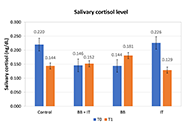
Open Access
Review
From the ocean to the brain: harnessing the power of marine algae for neuroprotection and therapeutic advances
Leonel Pereira, Ana Valado
Published: November 17, 2023 Explor Neuroprot Ther. 2023;3:409–428
This article belongs to the special issue Natural Products in Neurotherapeutic Applications
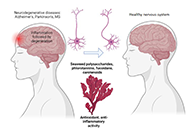
Journal Information
 Previous
Previous